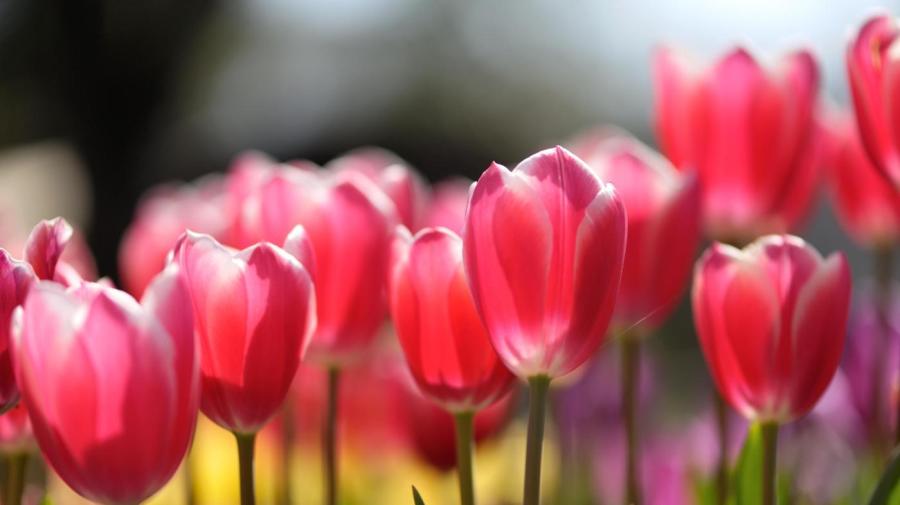How Do Tulips Reproduce?

Tulips reproduce either from cross-pollination of seeds or self-pollination via bulbs that form around the base of the plant’s main bulb. These bulbs are clones of the parent plant. Reproduction by bulbs is the more reliable propagation method, but reproducing with seeds allows for color variations and genetic diversity.
Tulips produce seeds by sexual reproduction when their flowers are pollinated by wind or insects, according to Tulip World. Sexual reproduction combines the genetic materials of two plants. Tulips also contain both male and female parts, which allows the plant to reproduce asexually. In asexual reproduction, the bulb roots bud or split.
Tulips are spring-flowering bulbs that require cool temperatures to signal their biological clocks to begin the reproductive cycle. The bulb is planted a few weeks before the last frost date for the region. Roots sprout, followed by stems, which grow until just below the soil’s surface. The tulip bulbs then remain dormant through winter. Once the soil warms in spring, the tulip bulbs continue pushing out roots and stem until the stem breaks through the earth, grows leaves and blooms.
A tulip bulb is almost a complete embryo of the plant packed inside a covering of layers that store the plant’s food. Bulbs have a self-contained food-storage mechanism adapted to life underground.





